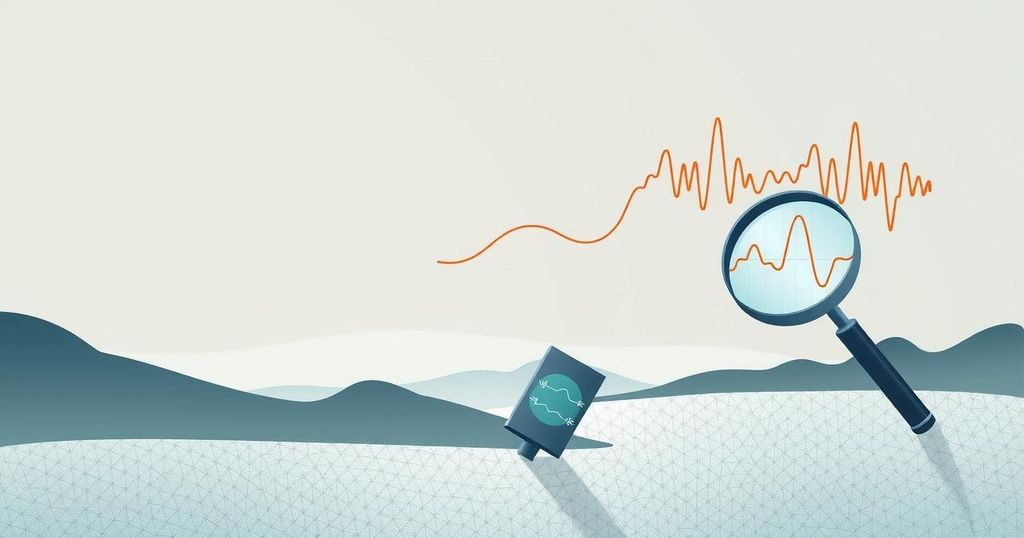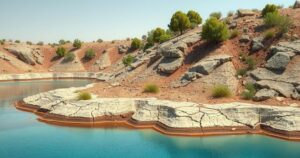Research Disproves Nuclear Test Claims Following Iranian Earthquake

A recent study reveals that a 4.5 magnitude earthquake in Iran was not caused by a nuclear test as was rumored. Conducted by researchers from Johns Hopkins University, the analysis clarifies that the quake resulted from natural geological activity. It also highlights the rapid misinformation spread on social media and emphasizes the need for effective communication strategies to address scientific data during such crises.
Recent research has clarified that a 4.5 magnitude earthquake in Iran on October 5, 2024, was not the result of a nuclear test, as some social media claims suggested. This analysis, led by Dr. Benjamin Fernando from Johns Hopkins University, emphasizes the role of accurate scientific data amidst geopolitical tensions. The earthquake’s epicenter, located southwest of Semnan, occurs in a seismically active area, reinforcing the conclusion that it was a natural event.
The research team utilized seismic signals from the earthquake, observing natural tectonic activity resulting from the collision of the Arabian and Eurasian plates. Their findings indicate that the seismic data matched the characteristics of standard seismic activity rather than a nuclear detonation, which typically produces different wave patterns. Historical data from the Comprehensive Test Ban Treaty Organisation also supports the natural origins of the earthquake, as similar seismic events were recorded in the region in previous years.
While misinformation rapidly spread online, alleging the event was a covert nuclear test, Dr. Fernando’s team noted how quickly erroneous interpretations of the seismic data began circulating. Initial social media posts misidentified seismic readings, leading to a wave of disinformation that capitalized on global tension. Claims of a connection between the Iranian earthquake and another seismic event in Israel exacerbated this situation, although no credible evidence supports such theories.
The researchers identified that certain widely shared content promoting the nuclear test narrative originated from sources linked to Russian disinformation efforts. This false narrative quickly transitioned to global news reports, prominently featured in various international outlets. The researchers advocate for enhanced rapid-response mechanisms within the scientific community to counteract misinformation effectively.
Dr. Saman Karimi stated that scientific agencies could significantly mitigate the spread of false narratives by issuing timely reports and collaborating with social media platforms in amplifying verified scientific content. Through this cooperation, it is possible to promote accurate information while effectively addressing misleading claims circulating within the media and on social platforms.
On October 5, 2024, Iran experienced a 4.5 magnitude earthquake, which some speculated was linked to a nuclear test amidst heightened geopolitical tensions in the region. Claims of such a nuclear test quickly spread on social media and were reported by various news sources, without proper scientific analysis. Addressing these claims required an investigation into the earthquake’s actual seismic data and the political context in which these claims emerged.
The research led by Dr. Benjamin Fernando disproves the theory that the Iranian earthquake was a nuclear test, asserting that it was a natural geological event. By stressing the importance of accurate scientific communication during periods of geopolitical uncertainty, the study underscores the dangers associated with misinformation. Collaborative efforts between scientific communities and media are essential to prevent the spread of false narratives and support informed discourse.
Original Source: www.wyomingnewsnow.tv






